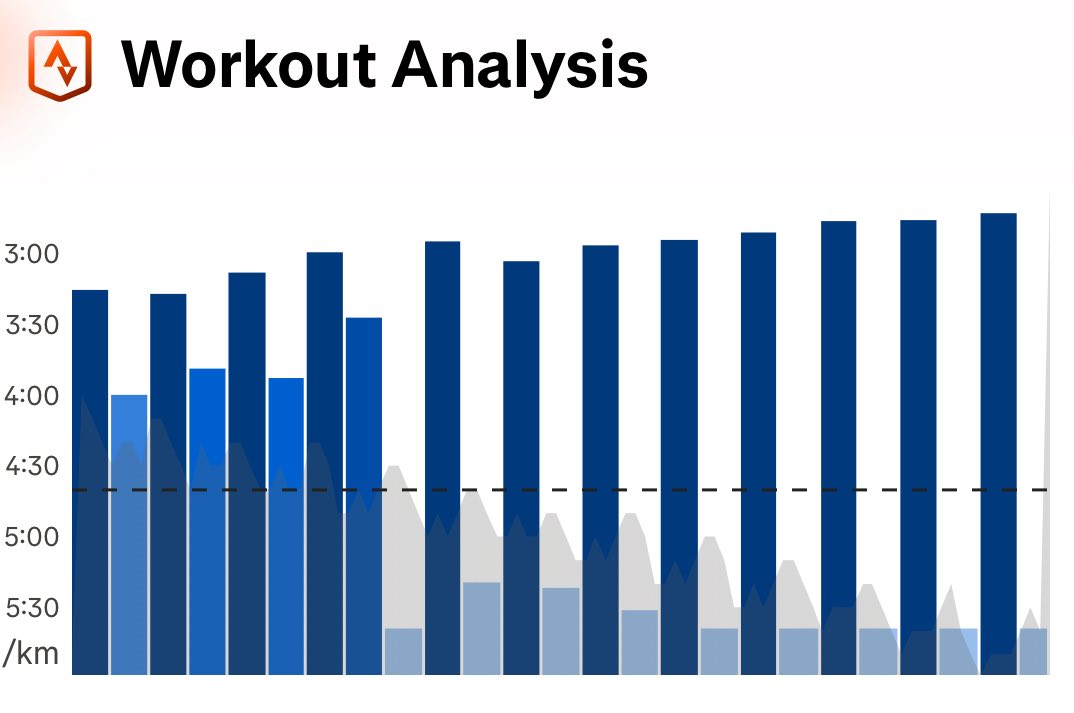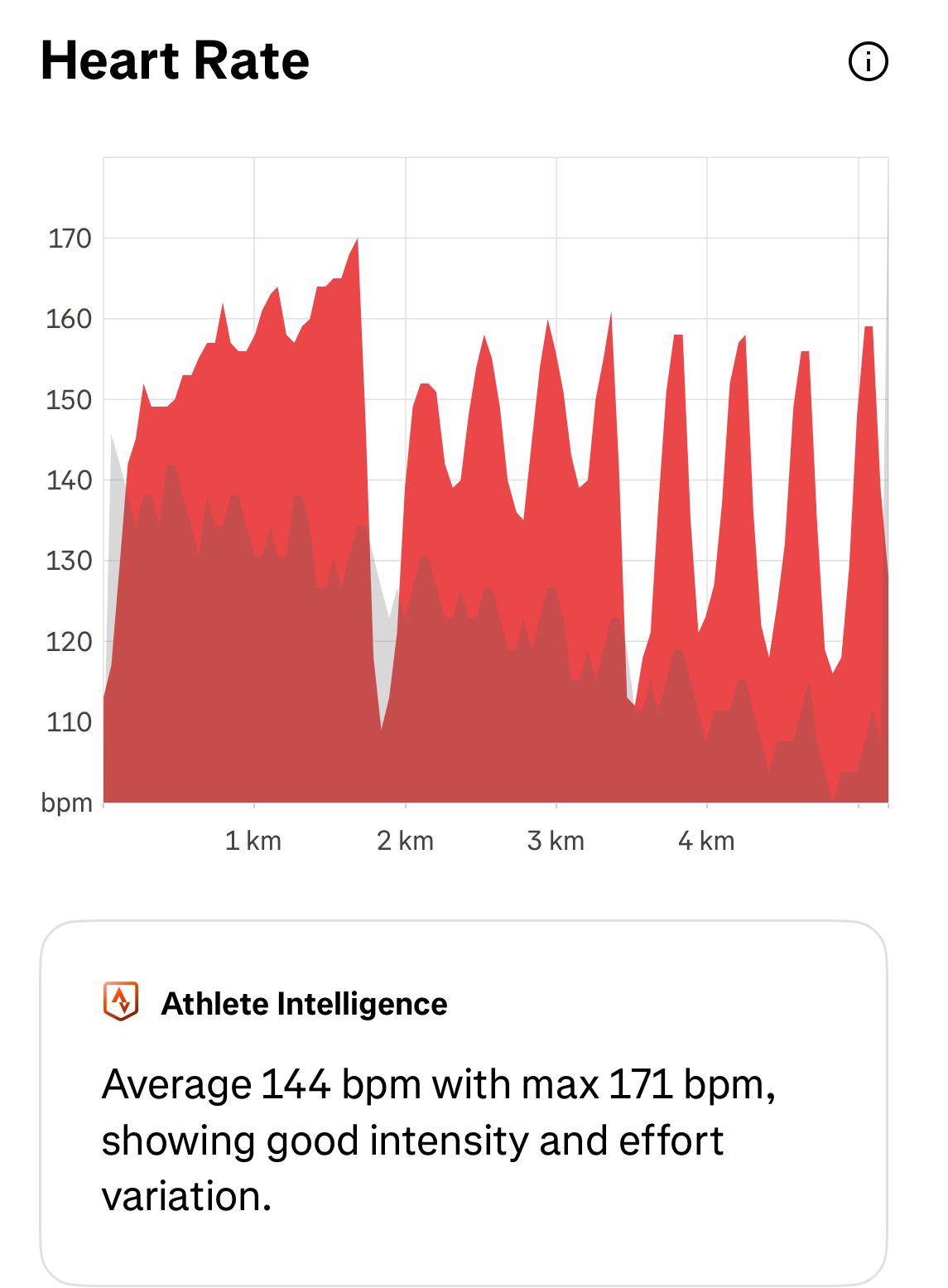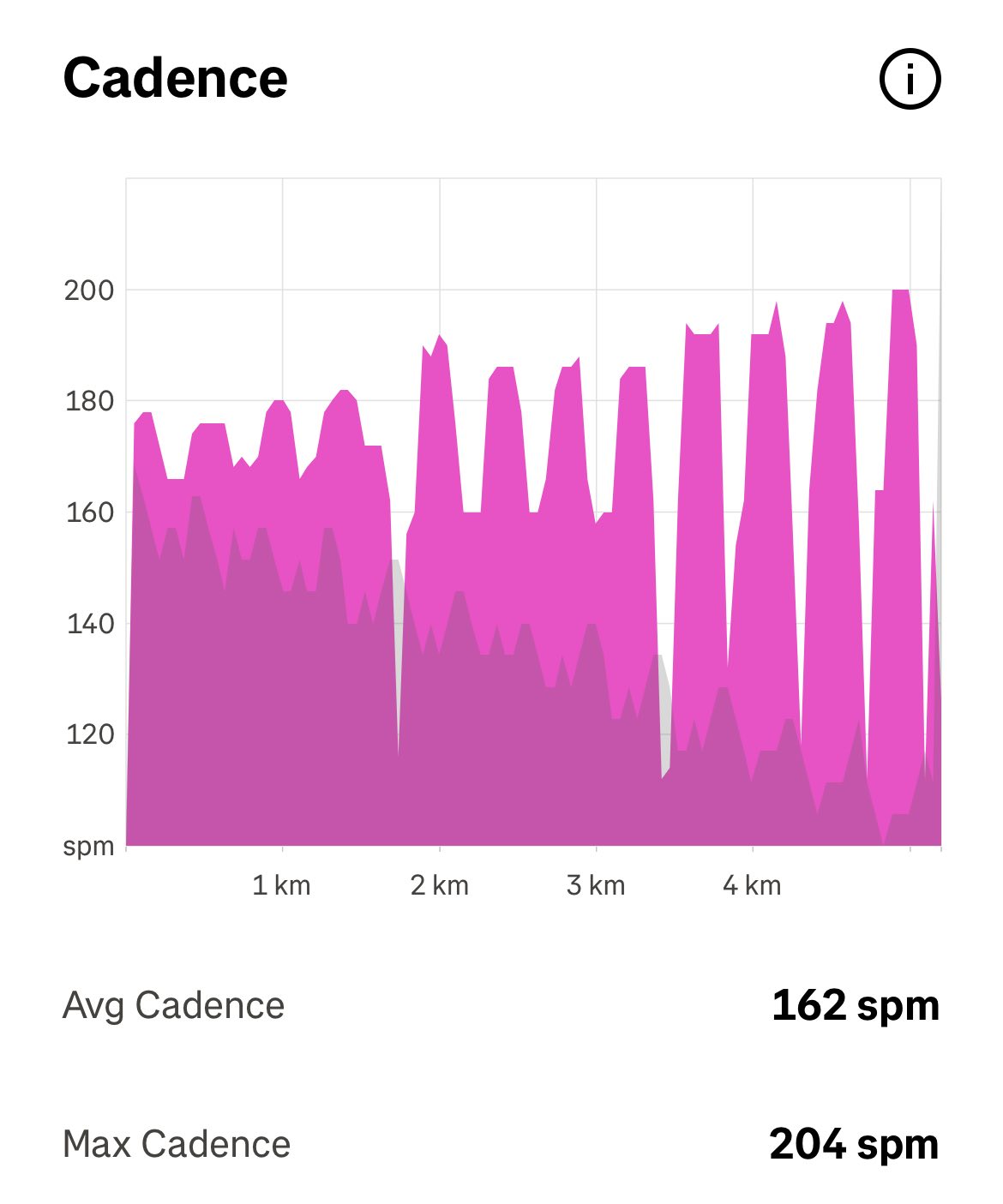CONTROLLED SPEED - Unlocking the Benefits of the 200m Track Workout: Speed, Cadence, and Recovery
Running, July 22, 2025
This 200m controlled SPEED session is an example of a running workout to improve almost EVERY running metric.
Running is a fantastic way to enhance cardiovascular health, build muscular endurance, and boost mental well-being. One of the most efficient training methods is interval running—alternating between periods of intense effort and recovery. Recently, I incorporated a specific track workout that involved progressive intervals with varying recovery strategies. This session worked on a range of running metrics from controlled quality speed, cadence, managing discomfort, and breathing techniques to enhance recovery. Here's a deep dive into the workout, supported by my Strava data, and why this session is a running game-changer.
The Workout Breakdown
This progression allows for controlled acceleration, pacing, and working on effective recovery from different recovery intensities, making it suitable for runners aiming to develop speed and stamina.
Paces and Performance Insights
Initial Intervals: The first four 200m sprints hovered around 3:20-25min/km (38-40sec) with cadence around 160-170 spm, indicating a comfortable but brisk effort at my 3km race pace. To replicate the session work out your 3km best pace eg Best 3km time = 14min, so pace is 4:40min/km, 112sec per 400m -Work this out by dividing 840sec (14 x 60sec) by 7.5 (400m x 7.5 = 3000m) or 56sec per 200m
Mid-Workout: The next four 200m repeats were squeezed a little quicker while focusing on upright form and relaxing the last 50m as the intensity starts to bite - the controlled jog recovery allows more recovery time.
Final Intervals: The last sets push closer to 3min/km, with cadence reaching approximately 180-190 spm—an indicator of increased leg turnover and optimising efficiency.
Heart Rate Trends:
During the workout, my heart rate clearly responded to the varying efforts. It peaked during the faster intervals, reaching approximately 170 bpm, which is around 90-95% of my estimated maximum heart rate—indicating a high-intensity effort. The recovery phases—whether float, jog, or walk—allowed my heart rate to descend steadily, dropping back to around 130-140 bpm. These fluctuations demonstrate effective cardiovascular engagement and recovery, helping to improve both aerobic and anaerobic capacity. The strategic alternation between high effort and recovery phases optimises cardiac efficiency, muscular adaptation, and endurance development.
The Power of Varying Recovery Methods
200m Float: This steady pace promotes active recovery, promoting blood flow without complete rest, which helps in flushing out metabolic waste and preparing for the next effort. It's also a way to replicate backing off from an increase in pace during a race situation.
200m Easy Jog: More relaxed than the float, maintaining some momentum and improves aerobic capacity. This intensity of effort allows more time to focus on returning to nasal breathing to enhance recovery further.
200m Jog/Walk/Jog: The walk component allows quicker recovery and enables a controlled more intense push in the subsequent intervals.
This mix ensures the workout remains challenging yet sustainable, fostering improvements in speed, cadence, and overall speed development.
Key Benefits of This Track Workout
Enhanced Speed and Power: Progressive intervals push your pace, train your neuromuscular system, and improve stride efficiency.
Improved Cadence: The focus on rapid turnover (up to 200 spm) cultivates a more economical running style.
Cardiovascular Fitness: Alternating high-intensity efforts with recovery optimises heart health and aerobic capacity.
Mental Resilience: Pushing through increasing speeds builds mental toughness, getting comfortable with uncomfortable, focus, and flow.
Customisable Intensity: Adjust rest and pace based on current fitness level, making it suitable for beginners and seasoned runners alike. My top tip is run where you are in the moment rather than reaching for a pace beyond your limits. Reaching increases injury risk.
Final Thoughts
Next time you hit the track, try this workout to unlock your potential—your body and mind will thank you!
For Physiotherapy, Coaching, my book 'Holistic Human', Training Plans, YouTube, FREE recipes,
Connect below
https://linktr.ee/everfitcoach



.jpg?version=8)